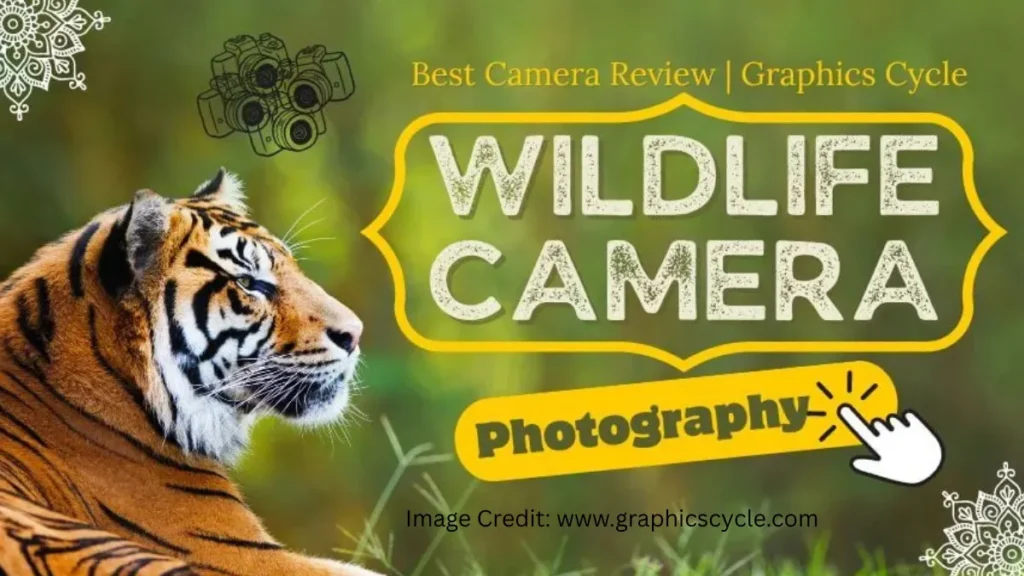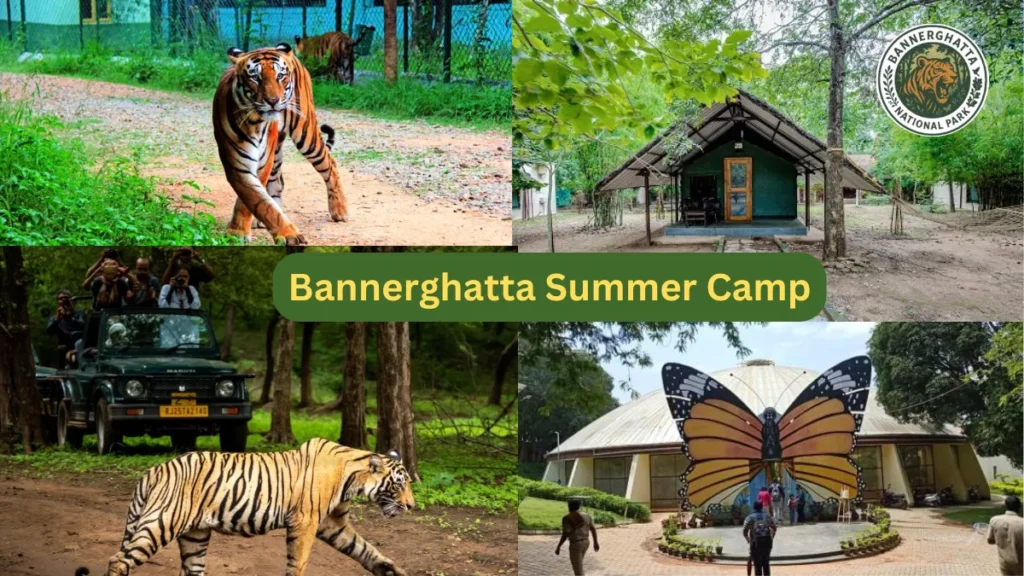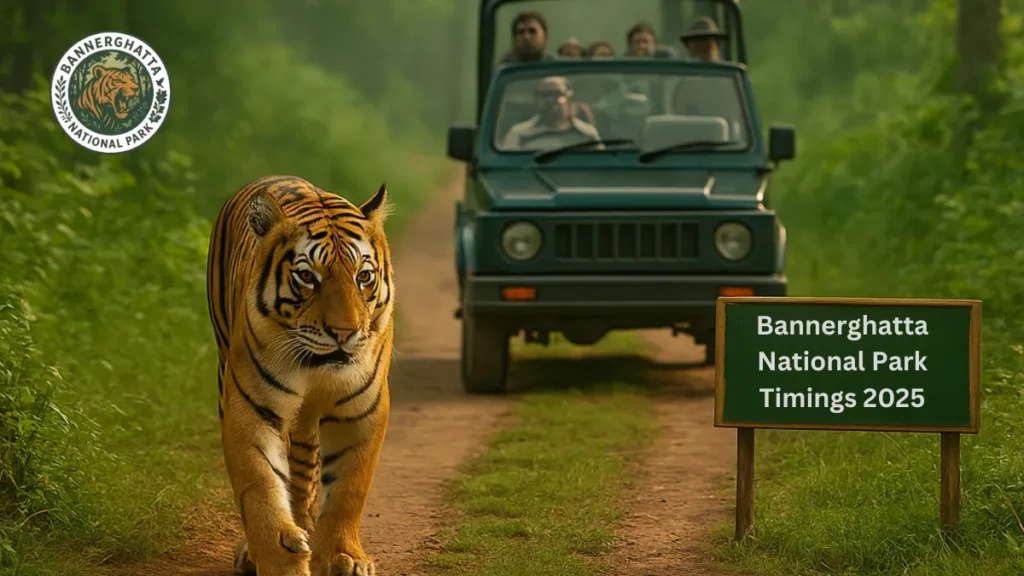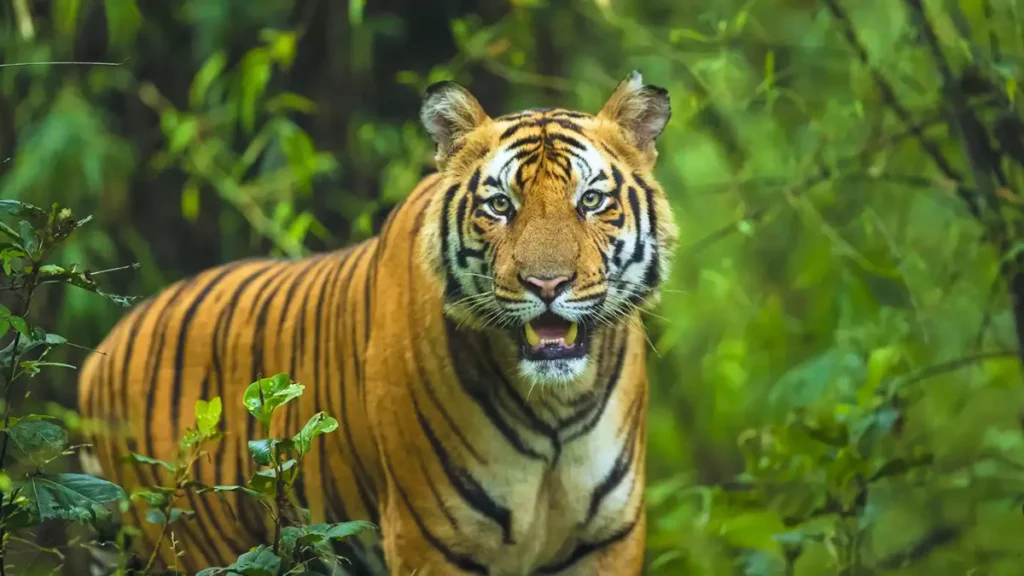Best wildlife camera – when you hear this phrase, it’s easy to think of rugged gear, long lenses, and photographers waiting hours for that perfect shot of a tiger or bird in flight. But choosing the best wildlife camera isn’t just about buying an expensive device. It’s about finding the right balance between speed, durability, image quality, and usability in unpredictable outdoor conditions.
In this detailed guide, we’ll explore what makes a wildlife camera great, the key features you should look for, and the top models available in 2025 for both professionals and beginners.
Why You Need the Best Wildlife Camera
Wildlife photography is one of the most challenging genres — animals move fast, lighting changes constantly, and opportunities disappear in seconds. A good wildlife camera ensures you don’t miss those moments. Whether you’re shooting a running cheetah, a nesting bird, or a nocturnal leopard, your camera should offer:
- Fast autofocus to track moving subjects
- High frame rates for burst shooting
- Excellent low-light performance
- Weather sealing to withstand harsh environments
With modern technology, even mirrorless cameras are now outperforming traditional DSLRs in speed and precision.
Key Features to Consider Before Buying
When selecting the best wildlife camera, these are the most important features to check:
| Feature | Why It Matters | Ideal Specification (2025) |
|---|---|---|
| Autofocus Speed | Essential for fast-moving animals | At least 60+ AF points with subject tracking |
| Burst Rate (FPS) | Helps capture split-second action | Minimum 20 FPS (electronic shutter) |
| Sensor Type | Affects image clarity and depth | Full-frame or APS-C CMOS sensor |
| ISO Range | Crucial for low-light shooting | ISO up to 102,400 or expandable |
| Weather Sealing | Protects against dust and rain | Magnesium alloy body with full sealing |
| Battery Life | Long field sessions need more power | 500+ shots per charge |
| Weight | Impacts portability | Below 1.5 kg for mirrorless; below 2 kg for DSLR |
Top 5 Best Wildlife Cameras in 2025
1. Canon EOS R5 Mark II – A Perfect Balance of Speed and Quality
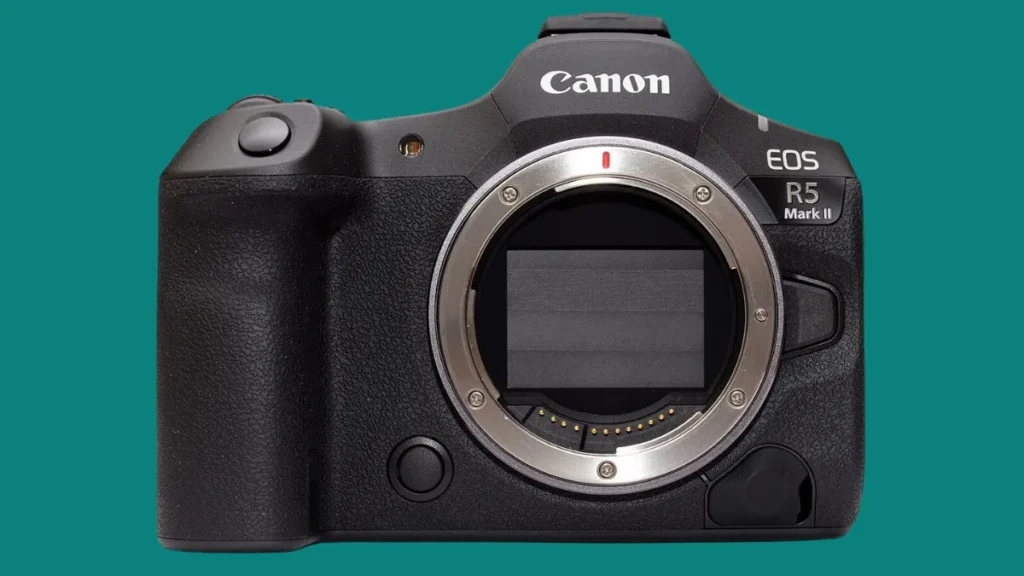
Canon’s EOS R5 Mark II remains a favorite among wildlife professionals. Its 45MP full-frame sensor, 30 FPS burst shooting, and next-gen Dual Pixel AF II make it incredibly responsive. The built-in animal detection AI ensures that even a bird in flight stays sharply focused.
Pros: Stunning detail, great autofocus, lightweight body
Cons: High price and heavy power usage
2. Nikon Z9 II – Built for the Wild
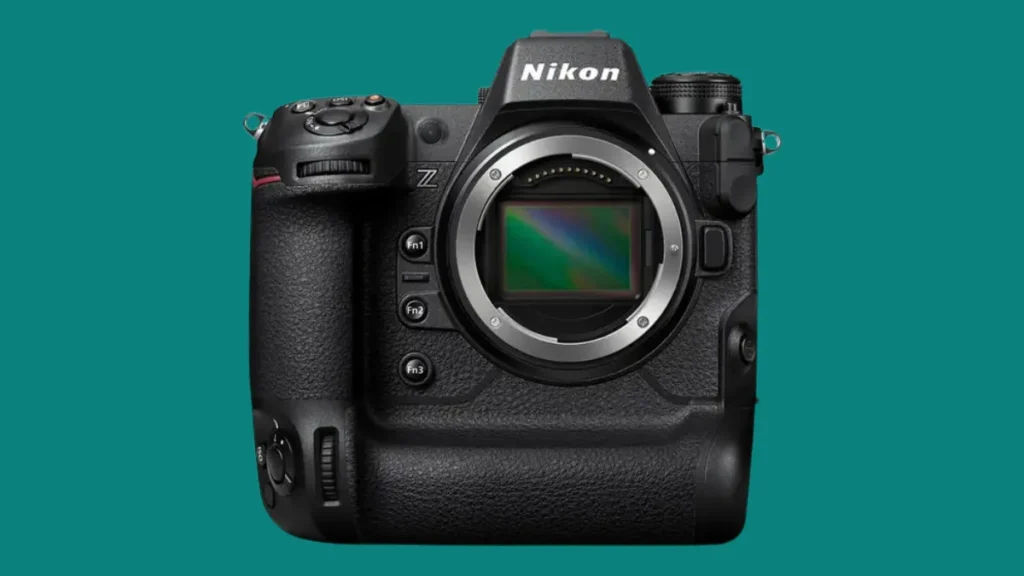
The Nikon Z9 II is a powerhouse with a stacked 46MP sensor, 8K RAW video, and 40 FPS stills. Its tough weather-sealed build makes it one of the best wildlife cameras for extreme climates like deserts or rainforests.
Pros: Unmatched durability, no rolling shutter, incredible low-light focus
Cons: Bulky and expensive
3. Sony Alpha 1 II – The Speed King
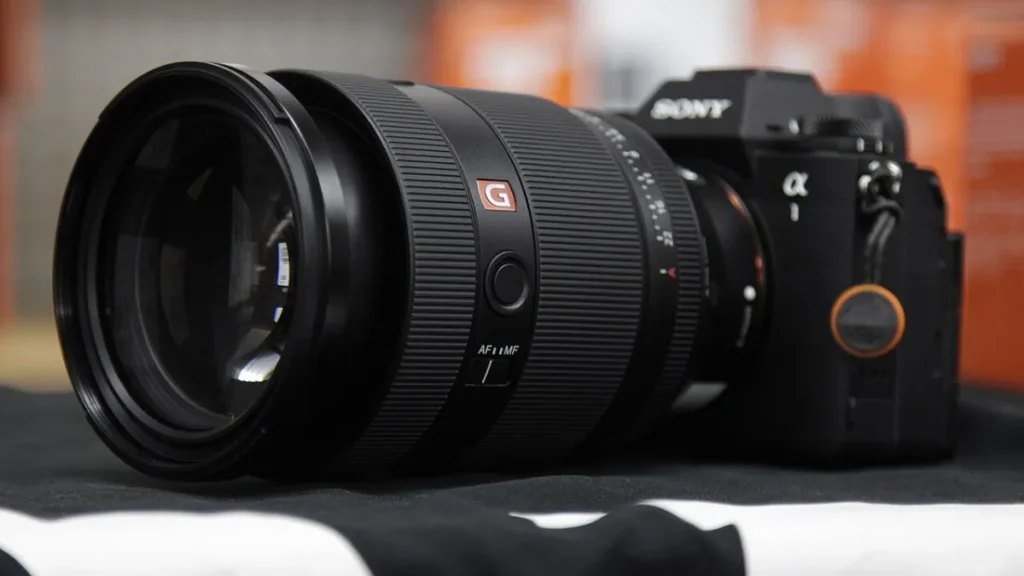
If you prioritize speed above all, the Sony Alpha 1 II is unbeatable. It offers 50.1MP resolution, 30 FPS shooting, and real-time eye-tracking AF for animals and birds. Sony’s sensor technology ensures crystal-clear images even in poor lighting.
Pros: Fastest AF tracking, high dynamic range
Cons: Complex menu system for beginners
4. Fujifilm X-H2S – The Lightweight Performer
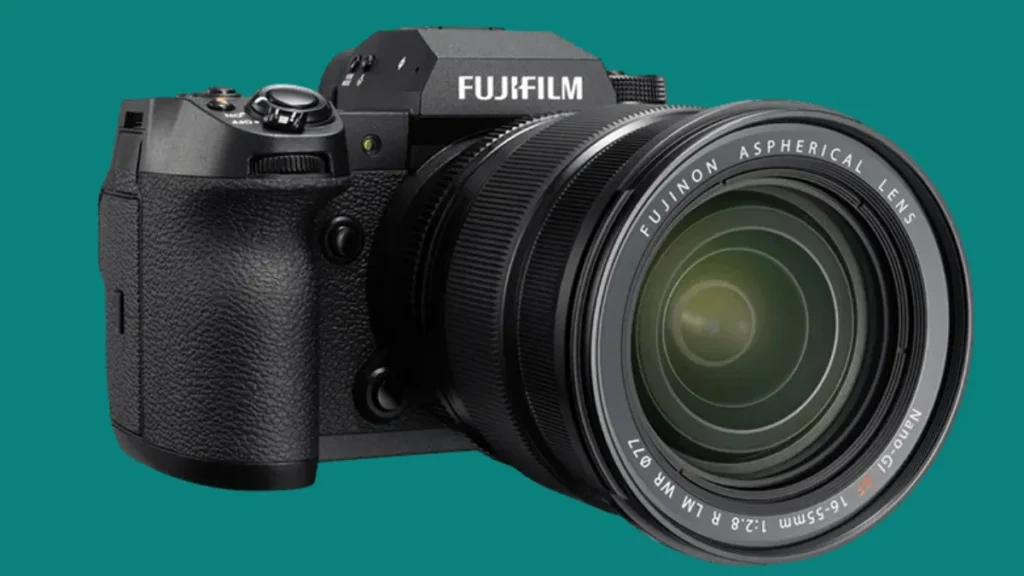
Fujifilm’s X-H2S brings professional-level performance to a smaller APS-C body. It features 26.1MP stacked sensor, 40 FPS shooting, and excellent color science, making it ideal for photographers who travel often.
Pros: Compact, affordable, great burst rate
Cons: Slightly smaller sensor size
5. Olympus OM-1 Mark II – Ideal for Bird and Macro Photographers
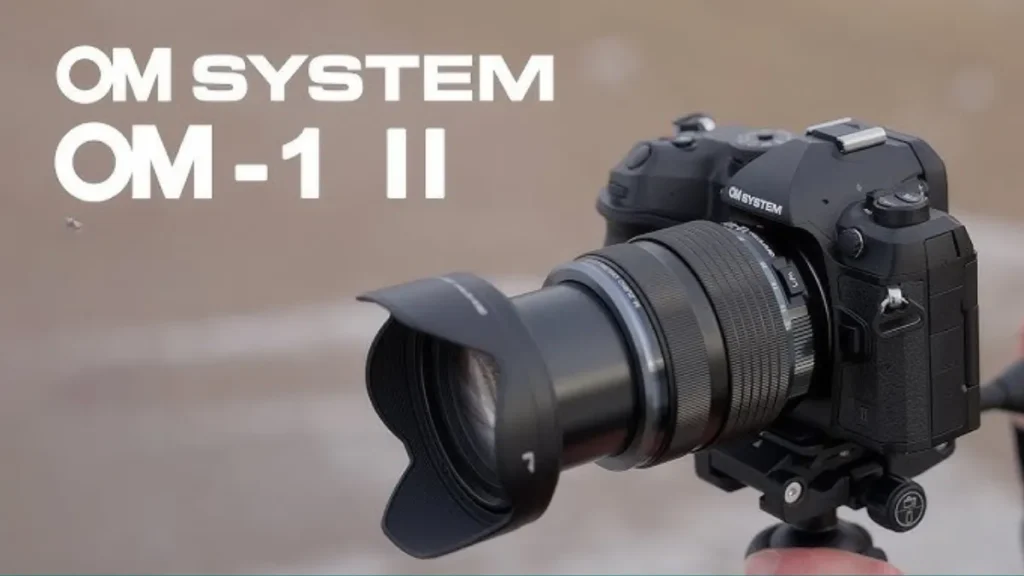
This camera’s micro four-thirds sensor, AI subject detection, and weather-sealed body make it a great pick for birders and nature explorers. It’s extremely portable and handles rough terrain easily.
Pros: Lightweight, advanced stabilization, long battery life
Cons: Lower resolution compared to full-frame models
Mirrorless vs DSLR: Which Is Better for Wildlife Photography?
For years, DSLRs dominated wildlife photography. But now, mirrorless cameras are leading the race due to faster shooting speeds, silent shutters, and advanced autofocus tracking.
- Mirrorless Advantages: Lightweight, better AF, silent shooting, advanced image stabilization
- DSLR Advantages: Longer battery life, robust build, optical viewfinder
If you travel frequently or shoot birds in flight, go mirrorless. But if you work in extreme field conditions for days, a DSLR might still serve you better.
Tips for Using the Best Wildlife Camera Effectively
Even the best camera won’t guarantee amazing shots unless you know how to use it well. Here are some expert tips:
- Use Continuous AF Mode to track animals in motion.
- Shoot in RAW format for better editing flexibility.
- Carry telephoto lenses (400mm or above) for distant subjects.
- Use camouflage covers to stay unnoticed in the wild.
- Experiment with low angles and natural light for dramatic compositions.
Accessories to Pair with Your Wildlife Camera
To maximize your camera’s potential, consider investing in:
- Tripod or monopod for stability
- Telephoto zoom lens (100–500mm range)
- Rain cover for protection
- Extra batteries and memory cards
- Field backpack designed for camera gear
These accessories not only protect your equipment but also make field photography more efficient.
Also read Bannerghatta National Park Boating: प्रकृति प्रेमियों के लिए सम्पूर्ण मार्गदर्शिका
Conclusion
Finding the best wildlife camera in 2025 depends on your needs, budget, and shooting style. Professionals might prefer full-frame beasts like the Canon R5 Mark II or Nikon Z9 II, while travelers and enthusiasts may find the Fujifilm X-H2S or Olympus OM-1 Mark II more practical.
Ultimately, the best camera is the one that lets you connect with nature, capture moments responsibly, and tell stories that inspire conservation. Invest wisely, learn continuously, and let your lens be a window into the wild.

